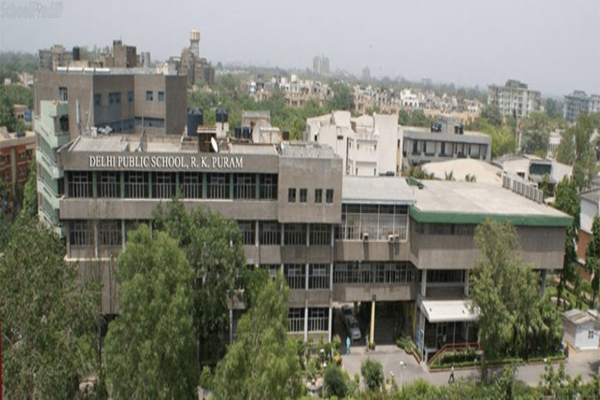IT@School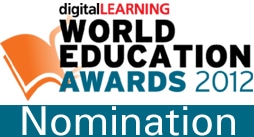
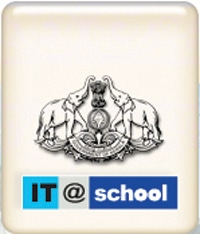 Implementing Agency
Implementing Agency
Department of General Education, Government of Kerala
Website
www.itschool.gov.in
Government of Kerala rolled out the IT@School Project in year 2001, to augment IT education in schools and also to enhance the quality of IT education for a complete ICT enabled educational system. Designed to improve the intellectual ability of the teachers and comprehension ability of the students (learner), the ICT based system also enhances the quality of service (QoS) parameters in education service delivery in the state. Intelligent content design for enabling faster and effective learning with National Curriculum Framework (NCF) has been done to explore and exploit satellite technology and create a synergistic atmosphere of edutainment in schools in the state.
Objective
• Connect IT education and State school curriculum
• Create a complete ICT enabled educational ecosystem
Achievements
• One of world’s largest simultaneous deployment of FOSS based ICT education
• Estimated 4 million students and 0.2 million teachers beneficiaries annually
Target Group
The entire teaching and learning population in Kerala
Challenges
It was a major challenge to create awareness among people and other stakeholders and this was overcome through campaigns and workshops. Then there was the issue of lack of funds. There were also issues related to usage of proprietary software, and this issue got resolved when we moved on to free software platform. The lack of ICT hardware in schools was also the cause for some complications.
ICT@School
![]()
Implementing Agency
State Educational Infrastructure Development Corporation Ltd
Website
www.bseidc.in
Under School Education Department of Bihar, a society was started to curb discrepancy in implementation. The objective is to reach out to the school children in the state where electricity and theft are two of the major roadblocks for computerisation in schools. The SSA ICT@School scheme is one of the flagship programmes of the MHRD. The core objective is to reach out to the children of Bihar and also take care of major road blocks and failure points in education.
Objective
Implement SSA ICT@School in shortest possible time
Achievements
• Unbiased RFP with open specification towards technology
• Keenness to discuss with all stakeholders
• Sharing of data with Stakeholders at all times
• Maintaining timeline for fulfillment of objectives
Target Group
School Children of Bihar
Challenges
The major challenge was related to the high cost of procurement. A cartel got formed and started quoting very high prices. As the trainers were on low salary, their performance was below par. There was no PF facility for employees. Other challenges were related to major breakdown of hardware and theft.
Online Data Query Application

Implementing Agency
Bangladesh Bureau of Educational Information and Statistics BANBEIS,
Govt of Bangladesh
Website
www.banbeis.gov.bd
In 1999 BANBEIS established EMIS with Oracle database and developed client server base application with oracle developer tools. BANBEIS gets data requests from individuals and organisations every day. Sometime it gets the same request form different individuals or organisations. After analysing the different requests and identifying the common trends and patterns, we decided to develop an online and interactive application to address the multifarious data requirements. Developed in PHP, Java and MySql, it has the option of viewing and printing data (in excel form) by location/gender/type/category and is integrated with BANBEIS website.
Objective
To build knowledge base society through internet
Achievements
•BANBEIS is branding Bangladesh in the world with its education data
• A cost effective and quick access to education data
• Integrated data exchange among different educational organisations.
Target Group
Government and non-government agencies, development partners and international organisations, education researchers, teachers, students and all other education workers.
Challenges
It was a challenge to develop the online application for education. High data volume and poor internet connectivity posed its own set of challenges. The connectivity issue was overcome by acquiring of an 8 Mbps dedicated leased line. Addition funds had to be mobilised to fulfil the agenda of the initiative.
Community Mobilisation
 Implementing Agency
Implementing Agency
Society for Elimination of Rural Poverty
Website
www.serp.ap.gov.in/EDU
Society for Elimination of Rural Poverty (SERP) is implementing Indira Kranthi Patham (IKP) in rural districts of Andhra Pradesh. SERP facilitated community mobilisation to create an enabling atmosphere for appropriate child care practices and empowerment of the local community. Community governed and community managed centre’s have been established to improve the physical, mental and cognitive development of the children. With target group of children being between age group 3-5 years, the project is active in 55 Blocks in 11 districts in Andhra Pradesh. The project is providing the platform to address the education needs of early childhood and is fully managed and run by the community based organisations (SHG federations).
Objective
• Create an enabling atmosphere for appropriate child care practices
• Empowerment of the local community
Achievements
• 21,718 children enrolled in about 1186 ECE centres across the state
• Created social capital, 2372 teachers and Ayahs and 118 Cluster coordinators
Target Group
Children between age group 3-5 years
Challenges
Migration was the biggest challenge when the organisation started the initiative. However, as ECE centres are considered to be a safer place, the parents started keeping their wards in them.
Online Labs for Schools

Implementing Agency
CREATE@Amrita,CDAC-Mumbai
Website
www.amrita.edu/create
The Online Labs (OLabs) is an innovative, interactive simulation providing online practical science experiments for students in Classes 9 and 10. It includes interactive simulations based on mathematical models, videos and rich animations for Physics and Chemistry. Initially 30 labs for Physics and Chemistry Experiments have been developed under this research initiative. Through OLabs, students with no access to physical labs can be taught experiments over the web and on low cost mobile devices like the Aakash tablets.
Objective
• Extend, improve, integrate, refine, and assist the learning and experimentation process of subjects in physical sciences
• Use of cloud, web and low end mobile devices
Achievements
• Launched at five schools in Kerala and Karnataka
• Over 3000 Students from Class 9 and Class 10 use online labs
Restructuring Higher Education
 Implementing Agency
Implementing Agency
Ministry of Higher Education, Sri Lanka
Website
www.mohe.gov.lk
The project aims to develop the leadership qualities and positive attitudes of all the new entrants to state universities for developing. It brought about a student loan scheme to purchase a Laptop Computer and promote an IT culture in the universities. A Quality Assurance system has been brought-in for covering the entire higher education sector, with the aim of providing assurance to government and the public at large.
Objective
• Enhance the quality of the higher education
• Enhance the quality of the graduates
• Increasing the employability of graduates
• Creating “world class” universities
Achievements
• World rank of selected universities has been upgraded
• Excellence in promoting talents of students
Target Group
Students involve higher education
Challenges
The negative attitude of the general public towards the leadership and positive attitudes programme was a major challenge faced while implementation, but with the commencement of the programme, the Ministry was able to bring up the favourable attitude up by 88 percent. Facilitating online service for 15,000 students for the Pre-orientation Programme was also a challenge and this was overcome by the extensive commitment of NODES staff and through collaborations with the Ministry of Education.
Rural Development
 Implementing Agency
Implementing Agency
AMR-Andhra Pradesh Academy of Rural Development
Website
www.apard.gov.in
AMR APARD is the apex training institute for building the capacities of Rural Development Officials and Panchayat Raj Elected Representatives in the State of Andhra Pradesh. The institute caters to the capacity building and training requirements of around 2.61 Lac elected representatives of Panchayat Raj Institutions and about 50 thousand officials from Panchayat Raj, Rural Development and other development departments. The e-learning project was initiated as a part of implementation of capacity building and training programmes under BRGF and MGNREGS sponsored by Ministry of Panchayat Raj and Ministry of Rural Development, Government of India.
Objective
Provide life-long learning opportunity and self paced learning opportunities on Rural Development
Achievement
Help grassroots level functionaries to keep abreast of the latest developments in the field of Rural Development and other allied sectors
Target Group
Elected Representatives of Panchayat Raj Institutions, officials of Panchayat Raj, Rural Development Departments, Bharat Nirman Volunteers (BNVS)
Challenges
For establishing virtual class room facility, obtaining necessary permissions from NIC was a major challenge. Only after lot of correspondence, NIC realised that this project deserves encouragement.
Finance India
 Implementing Agency
Implementing Agency
Finance India
Website
www.financeindia.org
The primary aim of the journal is to promote research by disseminating the results of such research in finance, accounting, financial economics and related areas. The journal is intended to provide scholars a major forum for inter and intra disciplinary study of various aspects of finance.
Objective
Promote research by disseminating the results of such research in finance
Achievements
• Published more than 100 volumes of this research Journal
• Updates on research articles, bibliography, abstracts of doctoral dissertations, statistics, book reviews, annotated listings etc
Target Group
Researchers and Policy Makers
Regulating meals with Cloud Telephony
 Implementing Agency
Implementing Agency
Mid Day Meal Authority, UP
Website
www.upmdm.org
Daily Monitoring System is a unique innovation, through which real time, grass-root level data is collected systematically from over 1,50,000 schools spread throughout UP on a daily basis for monitoring Mid-day Meal scheme. The data becomes automatically available on a website and helps in monitoring the progress efficiently through customised MIS/DSS. It marks a paradigm shift in the process of data collection for many huge/decentralised government projects.
The UP Government has replicated the project for monitoring book distribution under Sarva Shiksha Abhiyan and for daily monitoring of imple mentation of ICDS programme.
Objective
• Tracks number of schools that served mid day meal
• Tracks number of children that have had lunch in the school on working days
Achievements
• Better implementation of the Mid Day Meal Scheme
• Various inferences on efficacy of MDM implementation available on the portal 24×7
Target Group
About 1.35 crore children studying and availing government subsidised meals on daily basis in Uttar Pradesh.
Online Scholarship Management

Implementing Agency
Andhra Pradesh State Minorities Finance Corporation Ltd
Website
www.apsmfc.com
The Online Scholarship Management System (OSMS) for Minority students was taken up in the year 2008-09 to cater to the needs of the students studying in cases ranging from Class XI to PhD.. Through this system Students have the facility of tracking their application online. This is a foolproof, user friendly and transparent system. Every year about 4 to 5 Lakh Students are getting benefit and continuing their studies otherwise large number might have dropped out.
Objective
Create awareness among the minority students about scholarship and fee reimbursement initiatives from Govt of India and State Government
Achievements
• Online Scholarship System is being used by more than five lakh students every year
• Drop-out rate among the minority students has been reduced
Target Group
Minorities of different religious backgrounds
Challenges
Handling the voluminous work was a major challenge. Serving more than five lakh students in time bound manner is not an easy task. Avoiding middle men and keeping the system transparent was also a challenge. Streamlining the fee structure of large number of universities having affiliated colleges with different fee structures was also difficult. We had to instil confidence in the miniorities that their fees will be paid on time and they would not have to face any botheration on this issue.
Developing Capacity Against Risk
 Implementing Agency
Implementing Agency
Department of Disaster Management, Institute of Land & Disaster Management, Kerala
Website
www.ildm.kerala.gov.in
The project has been designed with the objective of developing efficient disaster management ideas in society. Institute of Land and Disaster Management is an autonomous body constituted under the Revenue Department, Government of Kerala. It aims to impart professional training, including induction training, in-service training and refresher training to personnel of the Land Revenue and Survey Department of Kerala State.
Objectives
• To impart professional training
• To undertake research and study projects with a view of introducing new techniques
Achievements
Books targeting children from the level of LKG to Class 5 was developed and distributed on the subjects of disasters and its risk reduction strategies
Target Group
Children up to the age 10
Enhancing Teaching-Learning

Implementing Agency
Andhra Pradesh State Council of Higher Education and Intel Technology Pvt Ltd (Joint initiative)
Website
www.apsche.org
The APSCHE is the first body of its kind in the country, set up as per the recommendations of National Education Policy, 1986, with focus on coordinating and determining standards in institutions of Higher Education or Research. Intel® Teach programme is an innovative professional development programme for teachers to develop student-centred learning through technology integration and project-based approaches. The project has helped institutions to discover how the power of Information and Communication Technology (ICT) can be turned into teaching strategies that captivates the students, motivates them, and ultimately moves them towards effective learning.
Objective
Help the Teacher Educators (TEs) and Student Teachers (STs) learn how best to use Technology to enhance teaching and learning
Achievements
Integrating Intel Teach pre-service curriculum as part of computer education paper in colleges of education across 17 Universities in the state.
Target Group
Teachers, Educators and Student teachers from Colleges of Education under APSCHE umbrella
Challenges
The challenge we faced was because of the strong opposition from some people, who questioned the need of integrating technology. This problem was solved by the support of others who were strongly in favour of new technology. We also need to work towards ensuring the quality of this endeavour across more than 600 colleges. Extensive training programme for teachers was undertaken.

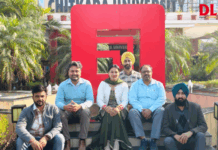







 Amit Gupta, CEO, S Chand, speaks to Pragya Gupta, on the subject of the role that tablets can play in education space
Amit Gupta, CEO, S Chand, speaks to Pragya Gupta, on the subject of the role that tablets can play in education space
 Pearson Clinical and Talent Assessment is engaged in publication and distribution of assessment related tools and therapy resources. Sushil Eapen, Managing Director, Pearson Clinical and Talent Assessment, in a candid conversation with Pragya Gupta, provides his views on emergence of new psychological assessment techniques
Pearson Clinical and Talent Assessment is engaged in publication and distribution of assessment related tools and therapy resources. Sushil Eapen, Managing Director, Pearson Clinical and Talent Assessment, in a candid conversation with Pragya Gupta, provides his views on emergence of new psychological assessment techniques




 Vineet Mahajan
Vineet Mahajan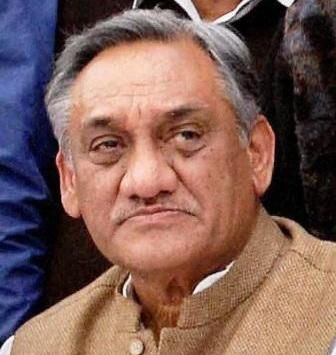
 The Uttarakhand state government has decided to set up Higher Education Selection Commission and enroll about 850 professors through it. Their retirement age would also be increased to 65 from 60 years.
The Uttarakhand state government has decided to set up Higher Education Selection Commission and enroll about 850 professors through it. Their retirement age would also be increased to 65 from 60 years.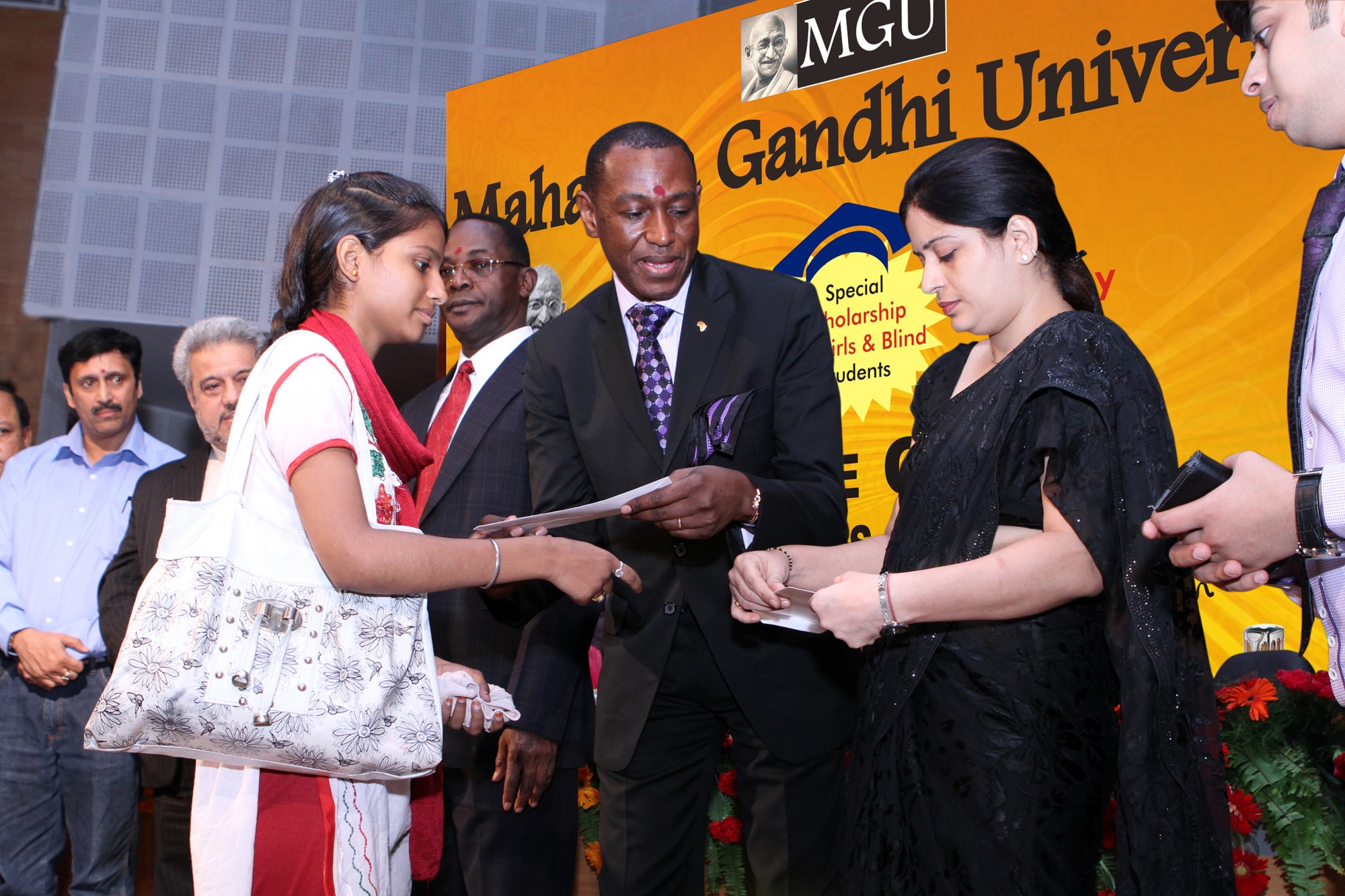
 Mahatma Gandhi University has organised Scholarship Programme of at Paintal Memorial Golden Jubilee Auditorium Vallabhbhai Patel Chest Institute, Delhi University. In this program, more than 500 students including poor girls, blind and handicapped students, physically challenged and students from weaker section of the society were awarded with scholarships which would provide study material, classes, refreshments and many more enthusiastic features free of cost.
Mahatma Gandhi University has organised Scholarship Programme of at Paintal Memorial Golden Jubilee Auditorium Vallabhbhai Patel Chest Institute, Delhi University. In this program, more than 500 students including poor girls, blind and handicapped students, physically challenged and students from weaker section of the society were awarded with scholarships which would provide study material, classes, refreshments and many more enthusiastic features free of cost.
 The Odisha Primary Education Programme Authority (OPEPA) will develop bilingual primers in 10 tribal dialects for children from Class I to Class III with an aim to ensure equity in educational opportunities for tribal children.
The Odisha Primary Education Programme Authority (OPEPA) will develop bilingual primers in 10 tribal dialects for children from Class I to Class III with an aim to ensure equity in educational opportunities for tribal children.









